Staff training, the secret to engage more visitors on exhibits
Often, event managers overlook the importance of staff training at trade shows. It seems so trivial in essence that many brands skip training sessions altogether. They assume that the folks will know. And, sometimes, the same is true for agencies. Busy with too many clients, or spread too thin across several industries, they can also fail to deliver high standards on site and deliver poor value to visitors.
There are two types of staff:
- Your own: folks from the company. Sales, marketing, product managers, etc.
- The ones you hire: supplied by your exhibit house, agency or specialized staffing companies.
Both are very different – but both have the same training needs. And sometimes, it’s in-house that most training is needed, thus raising the question : should we hire professional staff? Is our agency technical enough? How do we go about this?
Ultimately, trade show staffing ends up being a mixture of both. With in-house staff and temporary help being out-sourced. This is a lot of people, with many different backgrounds. So here are some key things to consider and prioritize to truly drive up visitor engagement at your booth and maximise ROI.
The basics of staff training
The basics of staff training is everything that relates to the appearance and what we would call the first contact with visitors. It’s imperative to get these right before anything else. Both apply for in-house and external staff. Your check-list could be like:
- Greeting routine towards visitors
- Dress code & general corporate etiquette
- Reach out to visitors and proactively engage conversation
- Define clear roles and responsibilities
- Know about all on-site staff and everyone’s role at the company
- Procedure if someone has a question you don’t have an answer to
- Procedure if something is wrong (safety / security)
Most of these are obvious, and if you’ve been an event manager for years, you probably expect it from your staff. But the devil is in the details. You must repeat this again and again. Make sure to have it in writing and brief everyone attending the show, every time.
“Your booth staff are responsible for creating the first impression of your company. So just like you would prepare your booth meticulously, you need to prepare, dress and drill your staff so that everyone is on the same page – they know what their objectives are, what the typical attendee journey looks like on your booth, what their specific role is in that journey and how their body language affects the attendees decision to approach or not approach the booth.
Covering the small details in the training can make a huge difference to your end results”.
– Lee Ali, Managing Director of Expo Stars Interactive – a global trade show engagement and staffing company.
Tip: We suggest to combine your staff training sessions with a PR brief. Media and key customers attend shows – it is always a good time to give directions on certain conversation topics.
Where staff training makes the difference
Then, you can push staff training to the next level. This is about adding value for your visitors and defining their experience with your brand as they visit.
Some questions for event managers:
- Have you ever taken your staff for a detailed tour of the booth before the show opens? (product by product, service after service)
- Have you ever had the staff attend briefing and Q&A sessions lead by product managers?
- Did you worked out backup plans if a staff member calls-in sick and must be replaced last minute by a coworker?
- Does everybody on the floor has a wingman?
Too often booth visitors who are highly knowledgeable about something end up facing staff that is not aware of what the brand stands for, and worse, what the products it sells do. The solution to that is in staff training.
Ali from Expo Stars, adds “The primary reason for attendees to visit the show is to look for better solutions or improve an ongoing situation. So it is important that the booth staff are able to answer questions about the company’s products and services. More importantly, they need to know how put the solutions offered by your company into context for each visitor.
Second, knowing how to ask the right questions, is as important as knowing the product information. Sometimes in-house technical staff are not the best engagers, so it is important to assign each of your staff to something they are good at. Your visitors can start their journey with the marketing team, and if interested for more, they can be introduced to a technical product specialist. This makes a much more pleasant journey for your attendees.
Third, proactive attendee engagement is key. A booth visit is a sensory experience, and it takes training to make each visit memorable”.
Measure success and iterate
Finally, it’s important to measure success when making changes. Engagement and conversion ratios of visitors is something that can be precisely measured at a show.
Incrementally roll out changes and see which ones drive the most impact for your brand. Set engagement to be a key metric of success for your agency, and ensure that people are accountable for it. Figure out what works, what doesn’t and repeat/tweak the recipe to compound improvements through your shows.
Illustration by Element5 Digital
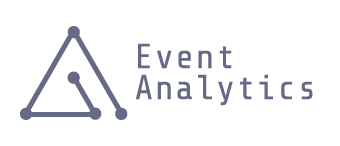
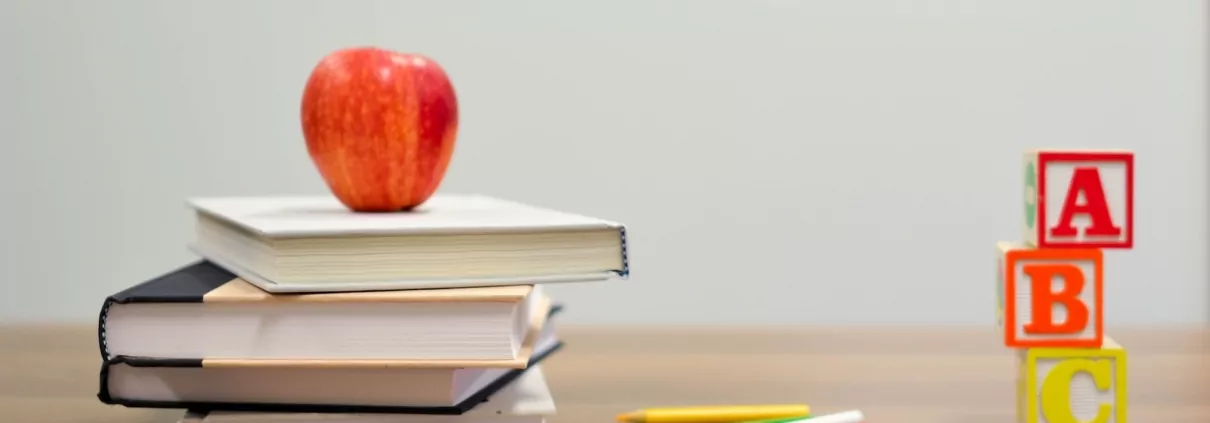 Element5 Digital
Element5 Digital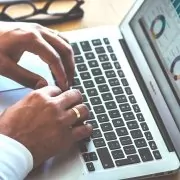 Ruthson Zimmerman
Ruthson Zimmerman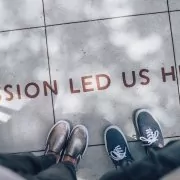 Ian Schneider
Ian Schneider christian wiediger
christian wiediger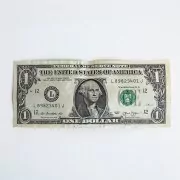 NeONBRAND
NeONBRAND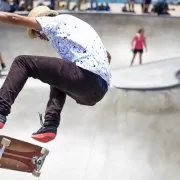 Kirk Morales
Kirk Morales jose-carbajal
jose-carbajal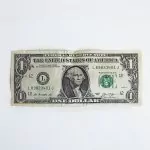 NeONBRAND
NeONBRAND Eugene Chystiakov
Eugene Chystiakov